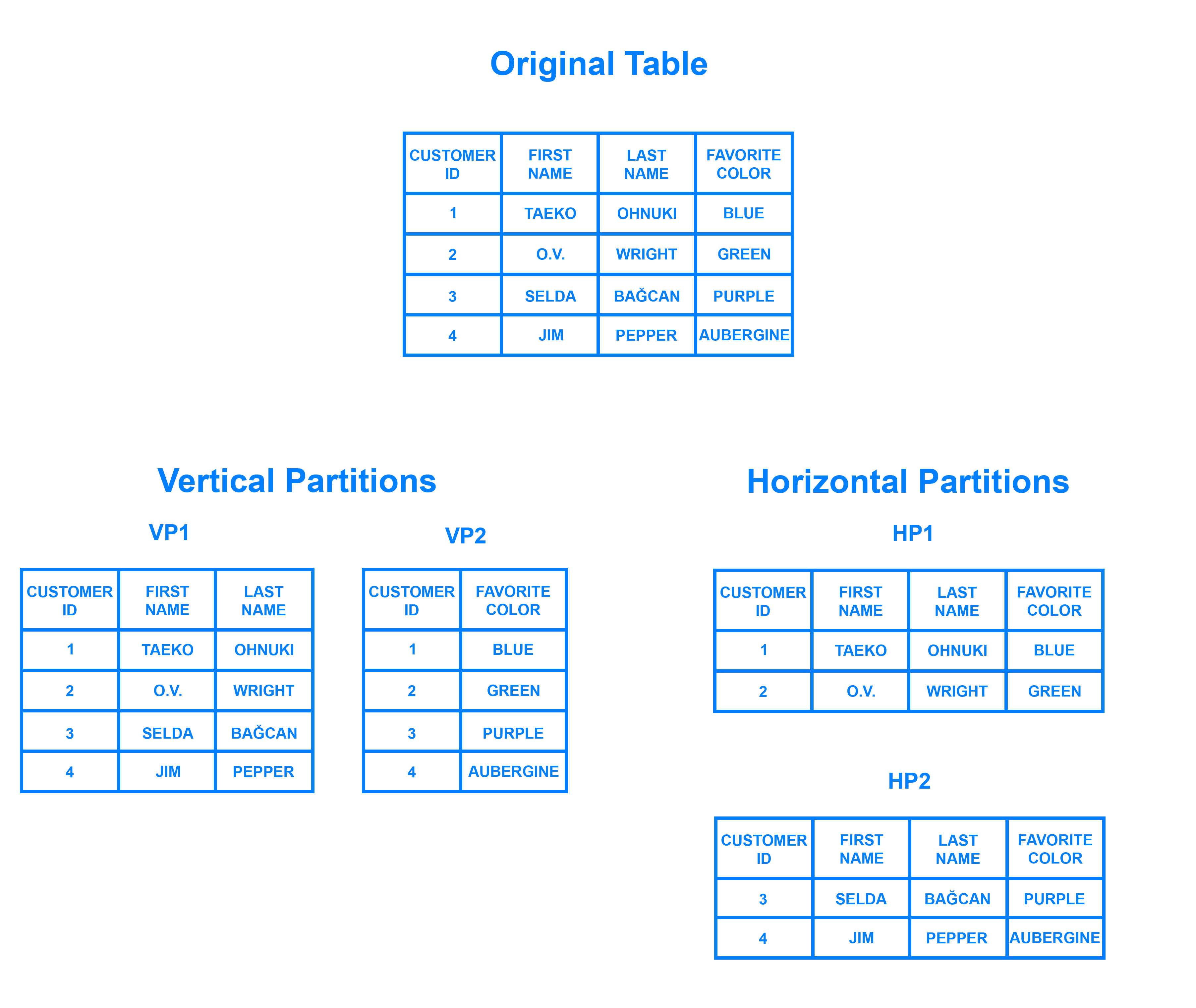- Published on
System Design: Database Replication vs Sharding
- Authors
- Name
- Full Stack Engineer
- @fse_pro
  |   |
|---|
Database replication and sharding are two essential techniques in system design for achieving scalability and high availability. They both serve different purposes and have their advantages and limitations. In this article, we will compare database replication and sharding, their concepts, use cases, and how they contribute to building scalable and highly available systems.
Table of Contents
- Introduction
- What is Database Replication
- What is Database Sharding
- Database Replication vs Sharding
- Use Cases
- Combining Database Replication and Sharding
- Conclusion
- Resources
Introduction
In modern applications, databases are often a central component that stores and manages data. As the user base and data volume grow, it becomes essential to architect a scalable and highly available database system. Database replication and sharding are two common approaches used to achieve these goals.
What is Database Replication
Database replication is the process of creating multiple copies (replicas) of a database and synchronizing changes made to the data across these replicas. The primary goal of replication is to ensure data consistency and fault tolerance. When one node fails, another replica can take over, ensuring data availability.
What is Database Sharding
Database sharding is a technique where a large database is partitioned into smaller, more manageable pieces called shards. Each shard is stored on a separate node, and data is distributed across these nodes based on a shard key. The goal of sharding is to distribute the data and workload across multiple nodes, improving read and write performance.

Database Replication vs Sharding
Scalability
Database Replication: Replication primarily improves read scalability by offloading read operations to replica nodes. Write operations still need to be handled by the master node, which can become a bottleneck for write-intensive applications.
Database Sharding: Sharding improves both read and write scalability by distributing data across multiple shards. Each shard can handle a subset of the data, reducing contention and improving performance.
High Availability
Database Replication: Replication provides fault tolerance by creating multiple copies of the data. If the master node fails, one of the replica nodes can be promoted to the new master, ensuring data availability.
Database Sharding: Sharding provides fault isolation. If one shard fails, the other shards are unaffected, ensuring that the system continues to operate.
Data Consistency
Database Replication: Replication ensures data consistency by synchronizing changes to all replica nodes. However, there may be replication lag, leading to potential data inconsistencies between the master and replicas.
Database Sharding: Sharding introduces eventual consistency, where data changes may take time to propagate to all shards. This can result in read requests receiving slightly stale data.
Use Cases
Database Replication Use Cases
Read Scalability: Database replication is suitable for applications with a high volume of read requests. Replica nodes can handle read operations, reducing the load on the master node.
High Availability: Replication ensures that the system remains operational even if the master node fails.
Database Sharding Use Cases
Write Scalability: Sharding is ideal for applications with a high volume of write requests. Each shard can independently handle write operations, improving overall write performance.
Data Isolation: Sharding is suitable for multi-tenant applications where data from different tenants needs to be stored separately.
Combining Database Replication and Sharding
In some cases, database replication and sharding can be combined to achieve both read and write scalability, fault tolerance, and data isolation. Each shard can have its replica nodes, providing read scalability and fault tolerance within each shard.
However, combining replication and sharding introduces additional complexity, and careful planning is required to ensure data consistency and performance.
Conclusion
Database replication and sharding are two essential techniques in system design for achieving scalability and high availability. Replication provides fault tolerance and read scalability, while sharding improves both read and write scalability. Depending on the specific requirements of the application, one or both of these techniques can be used to build a robust and scalable database system.
In conclusion, understanding the concepts of database replication and sharding is crucial for architects and developers designing large-scale applications.